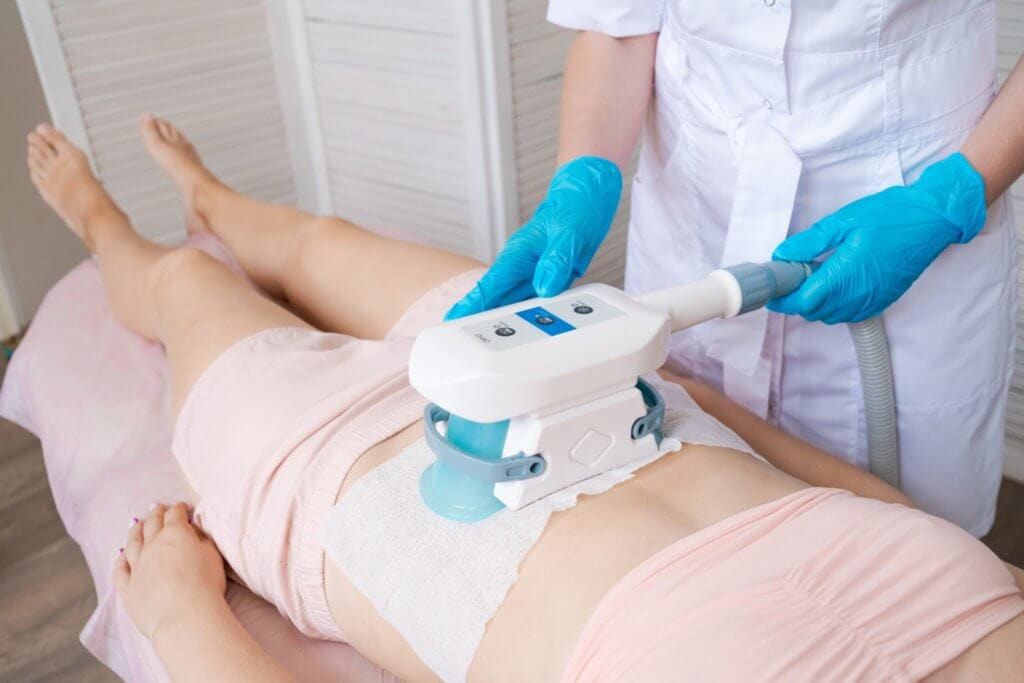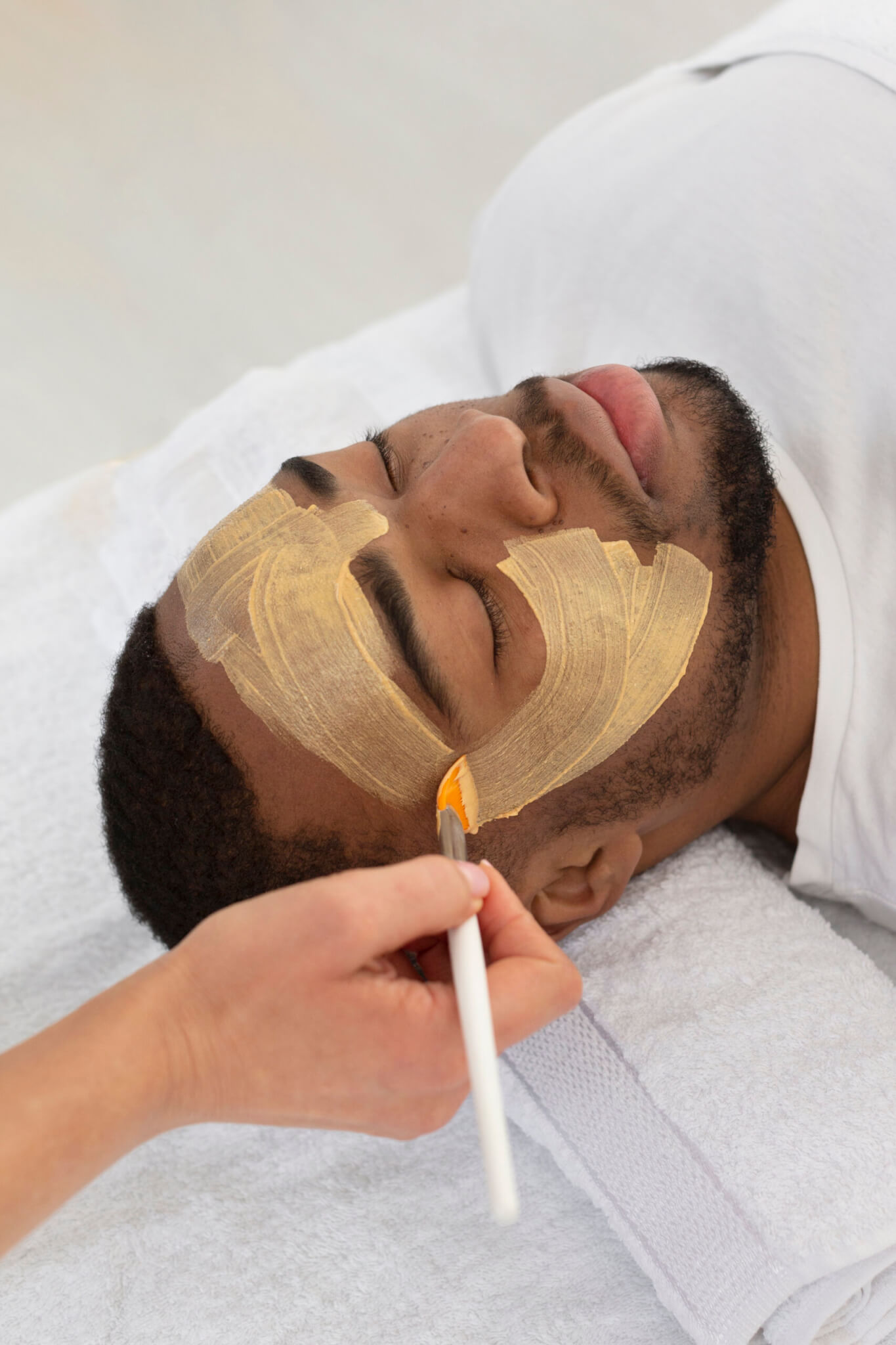Hyperpigmentation can be a challenging concern, affecting not only our physical appearance but also our self-confidence. The fascination for an even skin tone is universal; if you seek a solution, you’re not alone. Fortunately, a promising treatment option called microneedling can help restore your skin’s natural radiance.
We’ll take a look at microneedling for hyperpigmentation. Whether you struggle with post-inflammatory marks, melasma, or sunspots, understanding this innovative procedure can pave the way to a more confident you. This non-invasive treatment has gained popularity due to its remarkable effectiveness and minimal downtime.
You will gain valuable insights into this transformative technique by exploring the scientific basis behind microneedling, pre-treatment preparations, procedure, and recovery process.
Why Does Hyperpigmentation Occur?
Hyperpigmentation is a common skin condition affecting individuals of all ages and skin types. To effectively address this concern, it is essential to understand what hyperpigmentation is and the factors that contribute to its development.
Causes of Hyperpigmentation
Hyperpigmentation transpires when specific skin regions produce an excess amount of melanin, the pigment responsible for skin color, hair, and eyes. Several factors can trigger this overproduction, including:
- Sun Exposure: Prolonged exposure to ultraviolet (UV) rays stimulates melanin production, leading to darkened patches or spots on the skin.
- Hormonal Changes: Fluctuations in hormone levels, particularly during pregnancy (melasma) or with certain contraceptives, can contribute to the development of hyperpigmentation.
- Post-Inflammatory Response: Skin inflammation resulting from acne, eczema, or injury triggers the release of inflammatory mediators that can disrupt the normal production and distribution of melanin, causing darkened spots or scars.
Types of Hyperpigmentation
Hyperpigmentation can manifest in various forms, each with its distinct characteristics:
- Post-Inflammatory Hyperpigmentation (PIH): This type occurs as a consequence of inflammation or injury to the skin, leaving behind darkened spots that gradually fade over time.
- Melasma: Often associated with hormonal changes, melasma presents as symmetrical patches of brown or grayish pigmentation on the face, typically on the cheeks, forehead, upper lip, or chin.
- Sunspots or Solar Lentigines: These are small, dark spots that develop due to long-term sun exposure, commonly appearing on areas frequently exposed to the sun, such as the face, hands, and shoulders.
What Is Microneedling, And How Does It Address Hyperpigmentation?
Microneedling, or collagen induction therapy, is a minimally invasive cosmetic procedure involving a device equipped with fine, sterile needles to create controlled micro-injuries in the skin. These micro-injuries stimulate the body’s natural healing response, triggering collagen production and rejuvenation.
The microneedling device is gently rolled or stamped over the skin during the procedure, creating tiny punctures or channels. These microchannels serve two primary purposes: enhancing the absorption of topical skincare products and promoting the regeneration of new, healthy skin cells.
How Microneedling Works to Treat Hyperpigmentation
Microneedling effectively addresses hyperpigmentation by targeting the underlying factors contributing to its development:
- Stimulation of Collagen Production: The micro-injuries caused by microneedling activate the skin’s healing process, stimulating collagen and elastin production. Collagen is a vital protein that maintains the skin’s structure and elasticity. As new collagen forms, it helps even out the skin tone and reduces the appearance of hyperpigmentation.
- Enhanced Product Penetration: The micro-channels created during microneedling allow for better absorption of topical skincare products. This is especially beneficial when applying serums or creams containing skin-brightening ingredients, such as vitamin C or kojic acid. The increased penetration of these active ingredients helps to fade hyperpigmentation and promote a more even complexion.
- Skin Cell Turnover: Microneedling accelerates the natural exfoliation process, promoting removing dead skin cells and stimulating the turnover of fresh, healthy skin cells. This turnover helps to fade hyperpigmentation and reveal a brighter, more youthful-looking complexion.
Benefits and Advantages of Microneedling Over Other Treatments
Microneedling offers several advantages when it comes to treating hyperpigmentation:
- Non-Invasive and Safe: Microneedling is a non-surgical procedure that does not require lasers or harsh chemicals. It is typically secure for most skin types and has minimal downtime, making it a popular choice for those seeking a less invasive treatment option.
- Versatility: Microneedling can be customized to address various types of hyperpigmentation and can be performed on different body areas, including the face, neck, hands, and chest.
- Effective and Long-Lasting Results: With a series of microneedling sessions, individuals can experience significant improvement in their hyperpigmentation concerns. The collagen stimulation and enhanced product absorption contribute to long-lasting results, helping to restore an even skin tone.
Microneedling has emerged as a promising solution for hyperpigmentation, providing a safe and effective approach to achieving a more balanced and radiant complexion.
The Microneedling Procedure
Microneedling is a precise and controlled procedure that requires proper technique and adherence to hygiene practices. Understanding the details of the microneedling procedure can help you feel more prepared and informed before undergoing treatment.
Overview of the Procedure:
- Cleansing: The skin is thoroughly cleansed to remove makeup, dirt, or oils. This ensures a clean and sterile surface for the procedure.
- Numbing Cream (Optional): Depending on your pain tolerance and the depth of treatment, a topical numbing cream may be spread to the treatment area. This helps minimize discomfort during the procedure.
- Microneedling Device Selection: A qualified skincare professional will select the appropriate microneedling device based on your specific needs. The device can be a handheld roller or a motorized pen-like device equipped with fine, sterile needles.
- Treatment Application: The selected device is gently rolled or stamped over the skin, creating controlled micro-injuries. The professional will systematically move the device across the treatment area, ensuring consistent coverage.
- Adjusting Needle Depth: The depth of the microneedles can be adjusted based on the targeted concern and the condition of your skin. Deeper depths may be used for more severe hyperpigmentation, while shallower depths are suitable for delicate areas or maintenance treatments.
- Topical Serums or Growth Factors: During or immediately after microneedling, the professional may apply topical products to enhance the treatment’s benefits. These products often contain hyaluronic acid, peptides, or antioxidants, which help nourish the skin and promote healing.
Takeaway
Looking to experience the transformative power of microneedling for hyperpigmentation? Look no further than Derm Artisan, your trusted destination for exceptional skincare treatments. Our skilled and experienced skincare professionals specialize in microneedling, ensuring safe and effective treatments tailored to your needs.
Contact and consult Derm Artisan today and embark on your journey to a more vibrant and even skin tone. Your skin deserves the artistry of Derm Artisan.






